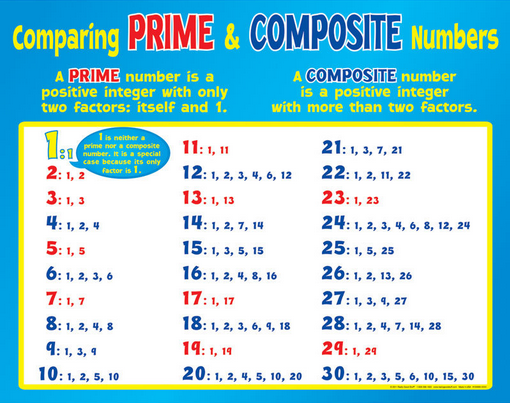

Complete list of prime numbers plus#
The Euclid-Mullin sequence is the sequence that starts 2, 3, 7, 43, 13, and so on: the first term is 2, and each subsequent term is the smallest prime factor of 1 plus the product of all previous terms.

To find the next number, we multiply 2×3 and add 1 to get 7, which is prime.

The first one is easy: 2+1=3, and 3 is prime. To see why, we can start thinking about what numbers we would get if we started with the first prime, 2, and used it to find new primes using the process from Euclid’s proof. Hence, the finite list of primes is incomplete.Ī common misconception about this proof is that the number p 1×p 2×p 3×…×p n +1 itself has to be prime. This number, p 1×p 2×p 3×…×p n +1, is not divisible by any of the primes on our list the remainder when we divide it by one of those primes is 1. If your primes are p 1, p 2, p 3,…,p n, take the product of all of them: p 1×p 2×p 3×…×p n and add 1. One of the first questions a curious human could ask about prime numbers is how many there are, and one of the earliest proofs that there are infinitely many primes is a lovely argument from Euclid’s Elements.Įuclid’s proof starts with a finite list of prime numbers and describes a way to generate a prime that is not on the list. (Hence 1 is not considered a prime number.) All whole numbers greater than 1 are either primes or products of primes. A prime has exactly two distinct factors: itself and 1. Prime numbers are often described as the “atoms” of mathematics, or at least of numbers.


 0 kommentar(er)
0 kommentar(er)
